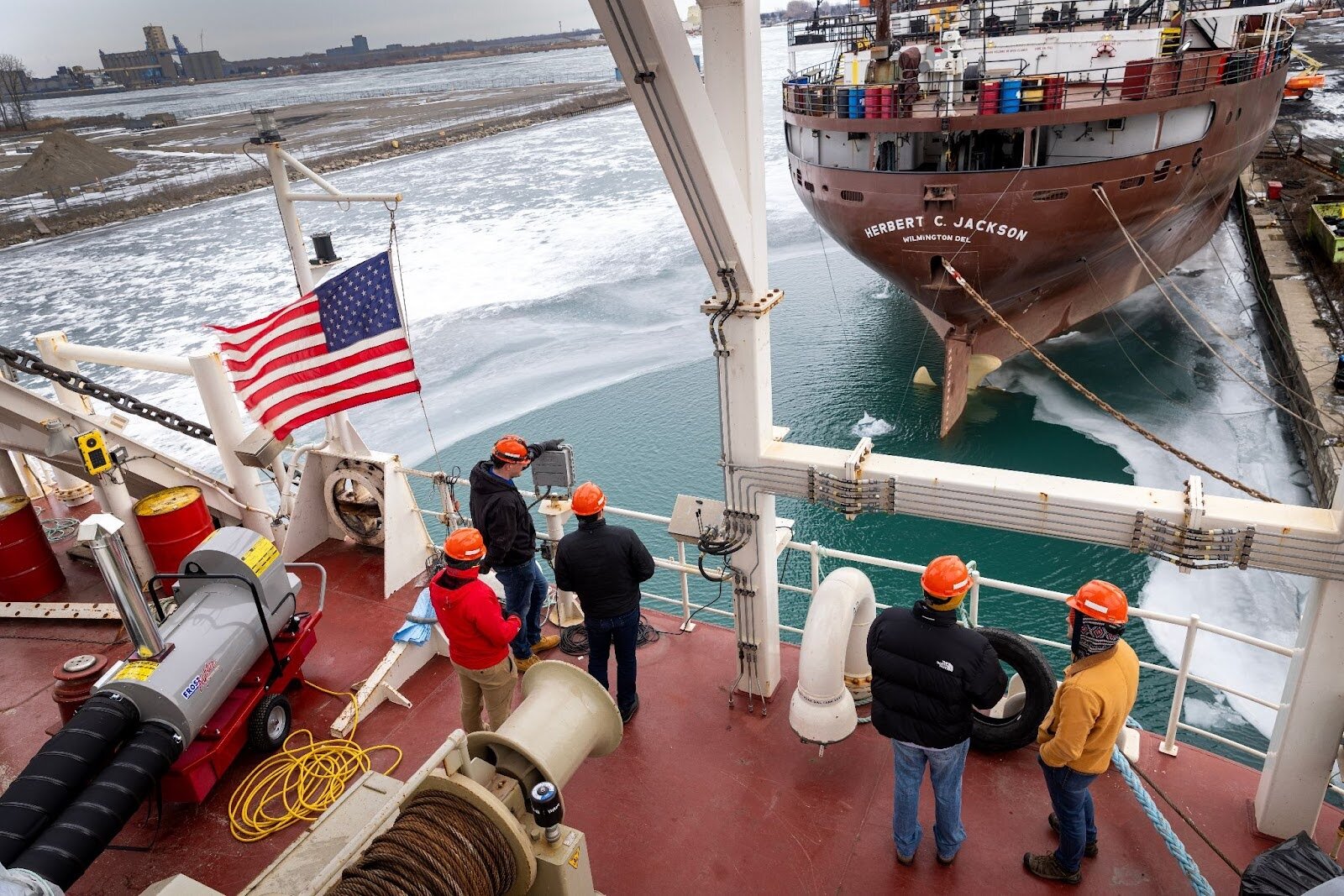U-M leads in national effort to revitalize U.S. shipbuilding
U.S. Maritime Revival: A Strategic Shift

The United States is taking decisive steps to rejuvenate its maritime industry, driven by China’s dominance in shipbuilding and America’s increasing dependence on foreign shipyards. Key initiatives include the establishment of a new White House Office of Shipbuilding and the bipartisan SHIPS for America Act, aimed at bolstering both commercial and military shipbuilding. The University of Michigan is at the forefront of this effort, focusing on workforce training and the development of a comprehensive maritime strategy.
Addressing the Skills Gap and Workforce Needs
As the U.S. government seeks to revitalize its maritime sector, a significant challenge lies in addressing the skills gap in shipbuilding. The SHIPS for America Act highlights the urgent need for a skilled workforce, estimating that around 100,000 new workers will be required to meet the goal of constructing 250 new vessels over the next decade. The University of Michigan’s Department of Naval Architecture and Marine Engineering (NA&ME) is uniquely positioned to contribute to this effort, being one of the few remaining departments in the U.S. dedicated to this field.
Thomas McKenney, an associate professor at U-M, expressed optimism about the renewed focus on the maritime industry. He noted the bipartisan support for these initiatives, emphasizing the university’s role in training future naval architects and engineers. U-M has a rich history in shipbuilding research and workforce development, having produced 1,800 graduates in the past 34 years, including over 800 doctoral degrees. This strong alumni network includes several chief naval architects for the U.S. Navy, underscoring the program’s reputation and effectiveness.
Moreover, the university’s interdisciplinary approach, which includes collaboration with the Ford School of Public Policy and the Ross School of Business, enhances its capacity to drive innovation in the maritime sector. McKenney highlighted the importance of a holistic strategy that not only focuses on economic growth but also addresses environmental sustainability and community engagement as part of Michigan’s broader maritime strategy.
Global Competition and Collaborative Solutions
The urgency of revitalizing the U.S. maritime industry is underscored by alarming statistics. Currently, the U.S. has fewer than 200 oceangoing vessels, with only about 80 engaged in international trade, compared to over 5,500 vessels registered in China. This disparity poses a significant challenge to U.S. interests in global commerce and national security. David Singer, a professor at U-M, emphasized the intertwined nature of military and commercial maritime dominance, warning that neglecting shipbuilding could jeopardize America’s self-interests.
To combat this decline, U-M is expanding its international collaborations, particularly with South Korea, which ranks second in global shipbuilding. This partnership aims to facilitate knowledge exchange among students, professors, and engineers, fostering a new generation of naval architects equipped to meet future challenges. Singer noted that understanding global best practices in ship design and construction is crucial for enhancing U.S. capabilities.
As the U.S. navigates these challenges, the focus remains on building a robust maritime workforce and fostering international partnerships. The collaborative efforts at U-M aim to ensure that future engineers are well-prepared to contribute to the revitalization of America’s maritime industry, ultimately strengthening the nation’s position in the global maritime landscape.
